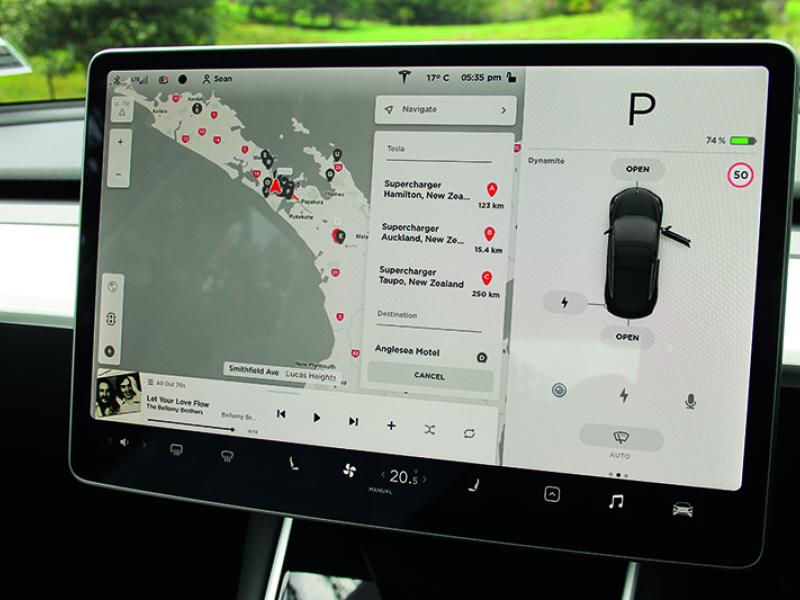With online reviews now trusted more than ever before, Mat Wylie highlights the importance of building your business’s reputation both online and off.
When you’re asked to name a good dentist, café, mechanic or any other kind of business, you’re being asked to stake your reputation against a previous experience.
This happened recently in my neighbourhood’s online group. Someone asked for a good builder, and local people chipped in with suggestions of builders that do good work. Their recommendations reached an audience of hundreds of people who weighed up feedback about this company and were able to make a better decision because of it.
The old idea that people would tell five others about a great experience and 25 about a terrible one has amplified in the digital age. But marketing and advertising aren’t the main force pushing your business’s reputation anymore. Today, it’s word of mouth, powered by online reviews that show whether you’re delivering on the promises you make. That’s your reputation – and it pays to nurture it.
Given that 80 percent of shoppers trust online reviews as much as personal recommendations, it’s time to make sure you’re building your reputation online and off.
Digital due diligence
We know that poorly or infrequently rated businesses aren’t trusted as much; they’re also ranked lower on search results and aren’t as valued as those businesses with good reviews.
I heard a story a few years back about a tourism business that was sold to new owners. While the buyers had likely done reasonable due diligence across the accounts, it didn’t look like they had done their digital due diligence – so they walked into a 3.5 star rating on TripAdvisor across a thousand reviews. For an industry defined by customer service, anything less than 4/5 is seen as a deal breaker for many customers. They had an uphill battle ahead.
We had a client in a similar situation recently. They started with just 12 Google reviews collected over eight years, and we helped them add 70 reviews in the next few months – and shoot straight to the top of Google’s search results. By engaging all their customers with the feedback process, they bolstered their strong customer experience, and attracted more valuable work through great online feedback. Now they’re able to use their increasing digital value and online reputation to showcase and grow their business’s worth over time.
Close the gap between promise and delivery
On average, about five percent of customer feedback is from dissatisfied customers, 20 percent is neutral, and 75 percent from customers who had a great experience. But how comfortable are you with 25 percent of your customers being underwhelmed by your offerings? And do you know how you are truly performing and what that means for your business and your reputation?
If that one-in-four statistic worries you, then here’s what you can do to make things right.
Firstly, set standards of training within your business to ensure that a great customer experience leads the way. Then, empower your team with the tools necessary to handle complaints, and the freedom to do the right thing and make things right (usually within a financial limit).
Regardless of whether online or off, how you fix a problem often becomes the leading story for your customers – that you went above and beyond to make it right, rather than ignoring the issue. It should also set you up to prevent that same thing becoming a problem for the next customer.
If you want to get people talking about you, for the right reasons, then you’ve got to deliver a quality experience and a quality product. Generally, negative or neutral feedback comes because there’s a gap between what you’re promising and communicating to your potential customers, and the reality of delivery. And while you should invest in responding to all feedback – something I covered in my previous NZBusiness column – being able to own the customer experience and make it right separates the business-as-usual from industry leaders.
MAT WYLIE is CEO of Customer Radar. For more information about how you can make a difference to your customers’ experience and bottom line go to www.customerradar.com






